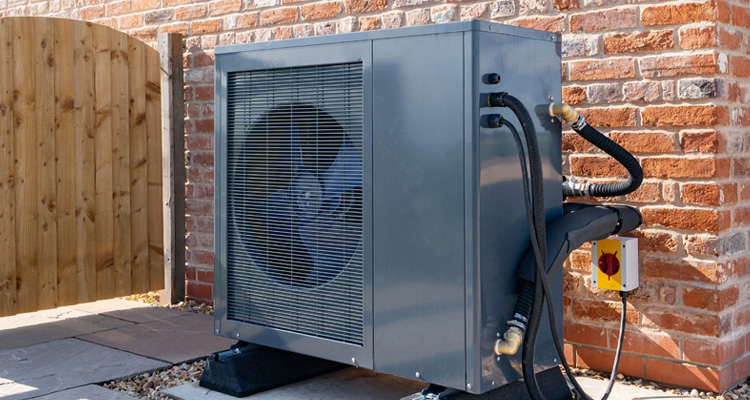
Ductless heat pumps, also known as mini-split systems, are gaining popularity as an efficient heating and cooling option for homes. These systems don’t require ductwork which makes them a flexible choice for spaces where traditional HVAC systems won’t fit. But are they the right fit for you? Let’s go over the pros and cons to help you decide.
What Is a Ductless Heat Pump?
A ductless heat pump has two main parts: an outdoor unit and one or more indoor units. The outdoor unit pulls in air, heats or cools it, and sends it to the indoor units, which distribute it throughout your space. These systems can be installed in various rooms, and each indoor unit can be controlled individually. This setup is ideal for homes without ductwork or areas where you want more control over heating and cooling.
Pros of Ductless Heat Pumps
1. Energy Efficiency
Ductless systems are known for their efficiency. Because they don’t rely on ductwork, there’s less energy loss, making them a cost-effective choice for heating and cooling.
2. Easy Installation
Without ductwork, installation is generally faster and less invasive than a central HVAC system. This is great for older homes, home additions, or areas like garages and basements that lack existing ducts.
3. Individual Room Control
Each indoor unit has its own thermostat, so you can adjust the temperature of each room separately. This “zoning” feature is ideal if you have rooms that are used at different times or need specific temperatures.
4. Quiet Operation
Ductless heat pumps are typically quieter than traditional HVAC systems. The outdoor unit is designed to be very quiet, and the indoor units produce a gentle hum, making them a great option for bedrooms or offices.
5. Improved Air Quality
Ductless systems come with multi-layer filters that help reduce dust, allergens, and pollutants. Regular filter cleaning is all you need to maintain good indoor air quality.
Cons of Ductless Heat Pumps
1. Higher Initial Cost
Ductless heat pumps can be more expensive than traditional HVAC systems. The cost can add up if you need multiple indoor units, though the energy savings may help offset this over time.
2. Regular Maintenance
While ductless systems are relatively low-maintenance, the filters need to be cleaned regularly to keep the system efficient and the air clean.
3. Visible Indoor Units
Unlike central air systems where vents are hidden, ductless units are mounted on walls or ceilings and are visible.
4. Limited Heating Capacity in Extreme Cold
In very cold climates, ductless systems may struggle to heat efficiently. Many modern systems are designed to work in low temperatures, but if you live in an area with harsh winters, you may need a backup heating option.
By weighing the pros and cons, you can decide if a ductless heat pump is a good fit for your home. For tailored advice and installation help, reach out to our professionals to ensure you get the best solution for your space.








